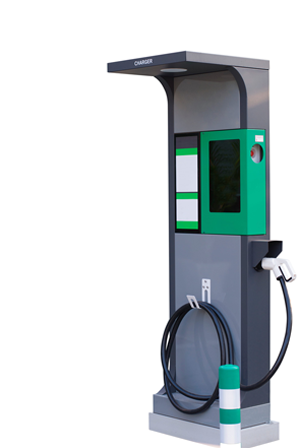
WHAT CHARGING OPTIONS ARE AVAILABLE?
With the nation’s charging infrastructure growing at a rapid rate, and home charging becoming a more popular option, we wanted to explore some of the essential aspects behind charging electric vehicles (EVs) and plug-in hybrid electric vehicles (PHEVs).
METHODS OF CHARGING YOUR EV & PHEV
WOKPLACE CHARGING
For businesses looking to improve their environmental impact and expand their green fleet, workplace-charging schemes are becoming a popular option. This is partly due to the convenience of employee cars being able to charge most of the day but mostly due to the Government’s Workplace Charging Scheme, which provides support towards the initial costs of purchasing and installation.
PUBLIC CHARGING
STATIONS
There are many public charging stations across the UK, divided between companies that offer national or UK-wide coverage. For example, one company may only install charging stations in specific counties, whereas others will install them all over the country.
Most of these public charging stations are free to use, but a small number require payment before you can plug in your vehicle. These tend to be a connection fee, price per time, price per energy used or a combination of them all.
HOW LONG DOES IT TAKE TO CHARGE AN ELECTRIC VEHICLE?
Below is a brief summary of types or charging and connectors.
GKL Leasing are pleased to partner with Zap-Map who provide details on charging locations but also useful calculation tools for charging EV and PHEV’s

It is important to remember, as with most technology that recharges from electricity, the maximum charge rate will vary according to the manufactures on-board charging capability.
DIFFERENT CONNECTORS FOR DIFFERENT VEHICLES
We all understand from day-to-day usage of electronic technology that different equipment can have different charging connectors, and the same is true for EVs and PHEVs.

DO YOU NEED ADVICE ON CHARGING POINTS?
Then arrange a free call back today to speak to a member of our team to discuss your query in more detail.

